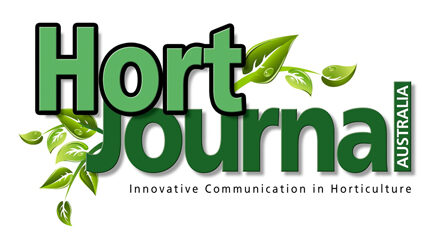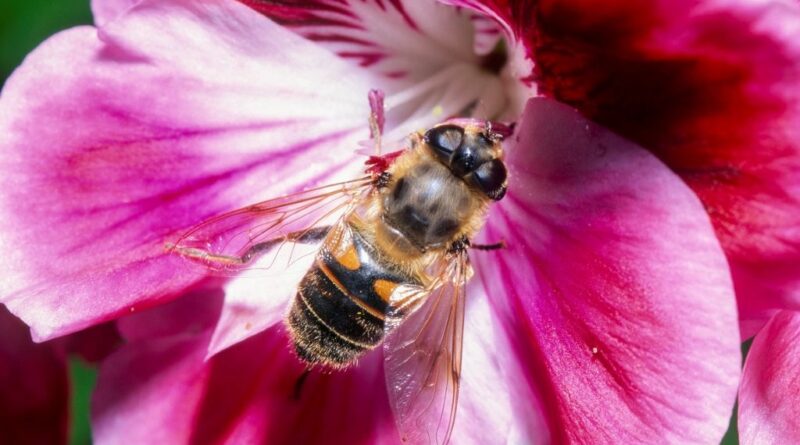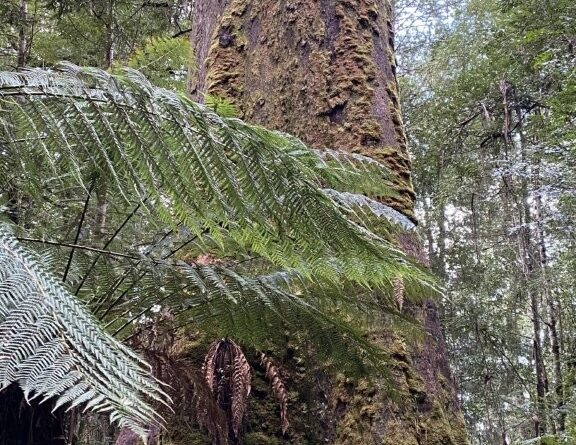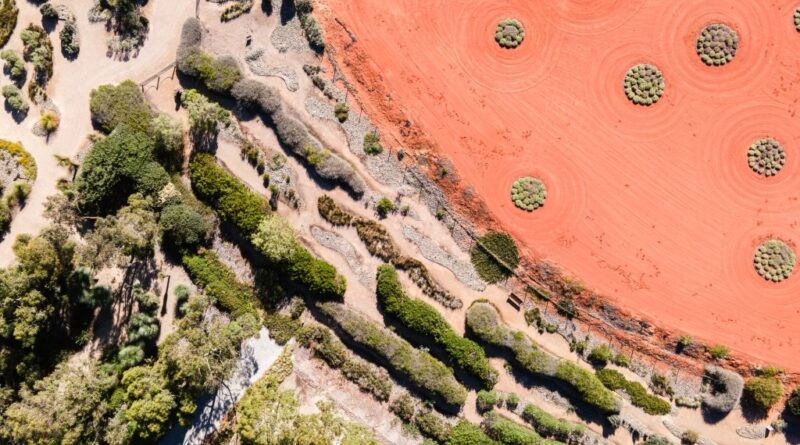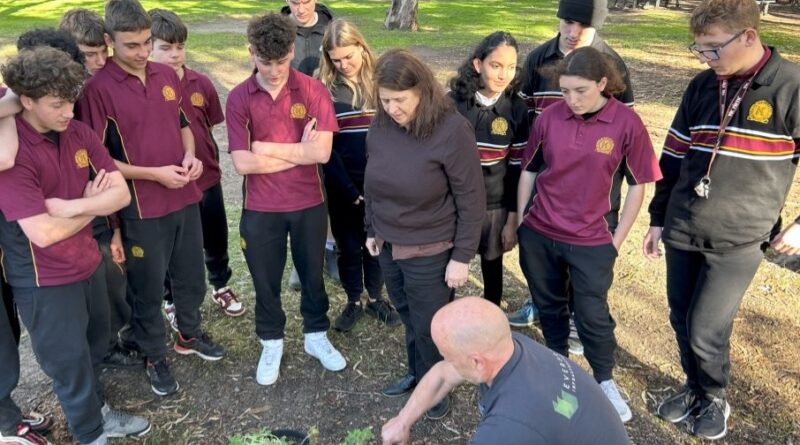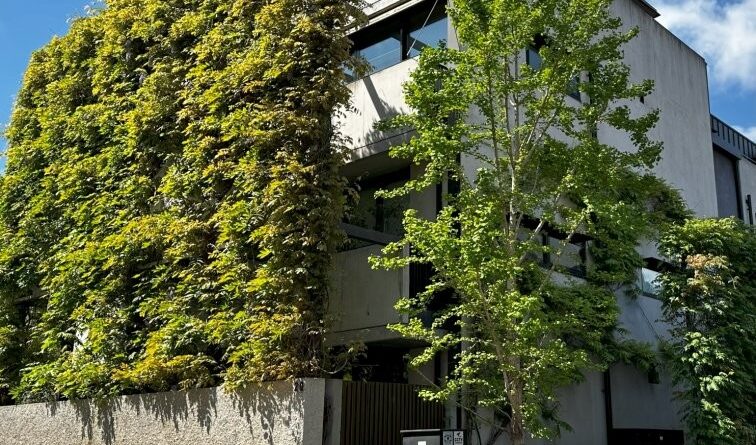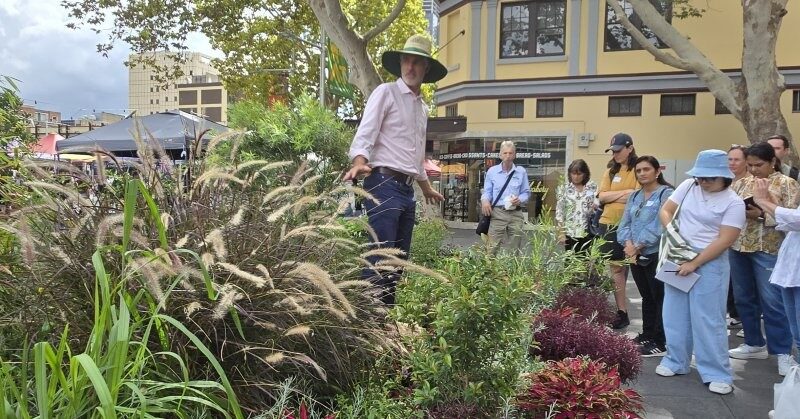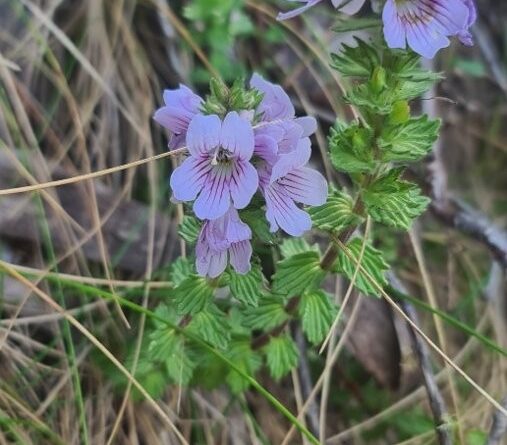The pests that got away: Part 2
Varroa mite
By Denis Crawford
Varroa mite has spread significantly since it was detected in sentinel hives at the Port of Newcastle in June 2022. Varroa mite is likely to have a significant impact on the hives of commercial and recreational beekeepers, as well as decimate feral honey bee colonies.… Continue reading
Read More